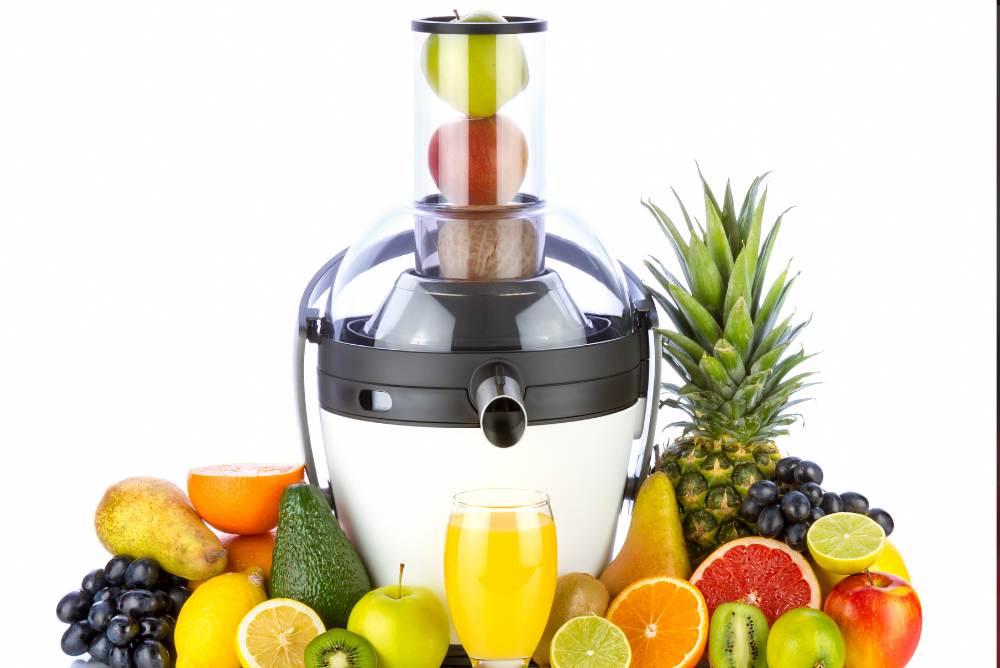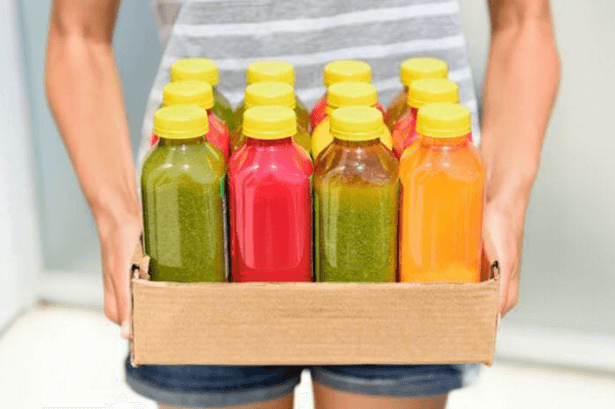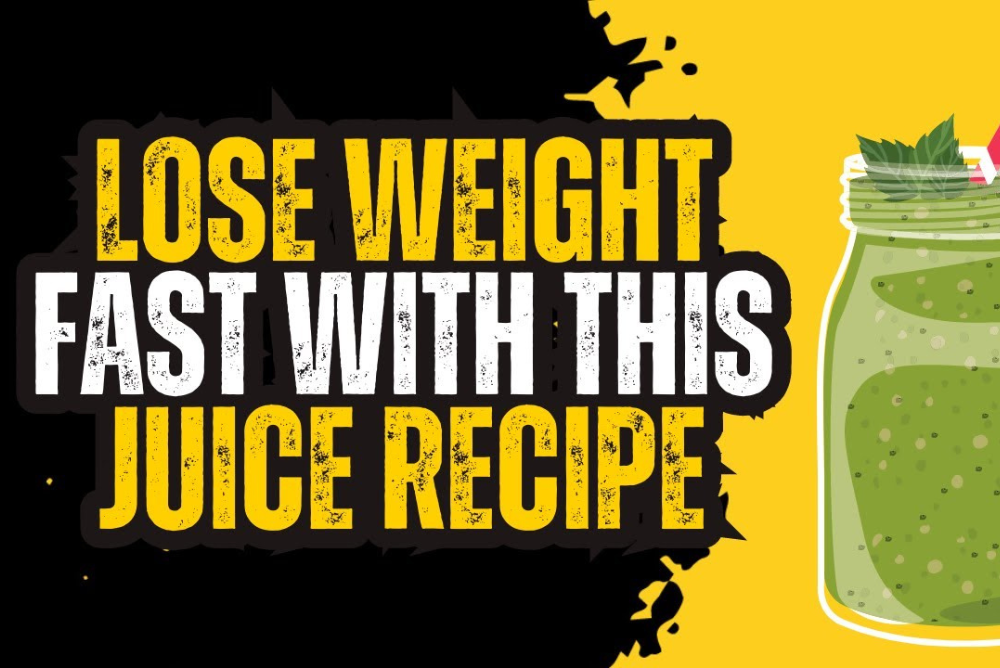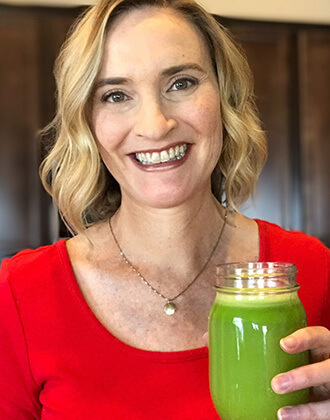Whether you are juicing for general health, juicing for weight loss, or juicing to fight a specific illness, these tips will help you select the best tools, the freshest vegetables, and fruits to make your juicing experience a rewarding journey.
When is the best time to fire up your juicer?
Fresh juices should be consumed in the mornings because digestive energy is the lowest in the mornings. Half an hour before breakfast is the best time to drink the fresh juice on an empty stomach. This is helpful to absorb the most nutrients quickly and effectively. You may realize you don’t need a heavy breakfast as this one juice can actually sustain you until lunchtime. We find green juices (with celery/ cucumber/ lemon base) work best.
If you are trying to start juicing every day to improve your health, remember to drink the juice as soon as you make it. Fresh juice starts to lose its nutritional value as soon as it is made. For you to get the fullest benefit possible from your juicing efforts, drink your homemade juice immediately after you extract it.
What are the tools needed and how to take care of them?
A great way to make your juicing routine easier is to designate an area on your counter for the process. Make sure everything you need is right there and handy along with your juicing machine. Things you may want near are knives (we like ceramic knives best), peelers, a cutting board (bamboo), and your favorite cup.
It is always best to clean your juicer right after pressing. If not, the pulpy remains will get dry and harder to wash off. You may choose to clean your juicer before drinking the juice so you are ready to relax with your fresh drink.
How to choose fruits and vegetables when juicing?
Don’t buy too many fruits and vegetables at a time if you’re juicing. You might end up buying much more than you will use, and the extra food will decay and go to waste. Experiment with different amounts to see how much juice you drink a day, so you know how much produce you have to buy in advance.
Beware of having too much oxalic acid. If you have a history of kidney stones, gout, osteoporosis, or rheumatoid arthritis, too much oxalic acid may aggravate your symptoms. If sensitive, foods to avoid are spinach, chard, beets, and rhubarb. You also have to remember not to combine them, or follow them with foods high in calcium, such as broccoli.
Juicing with the right tools, best produce, and most of all, enjoying the whole process, you will definitely see the health benefits of juicing even before you know it.











